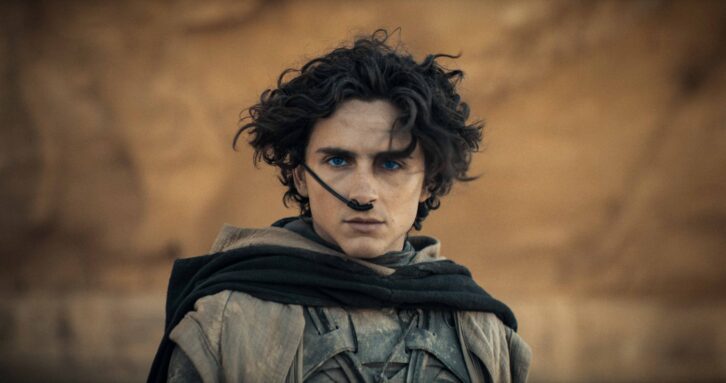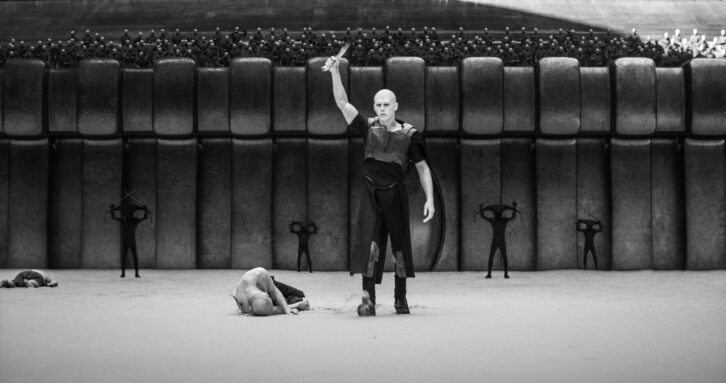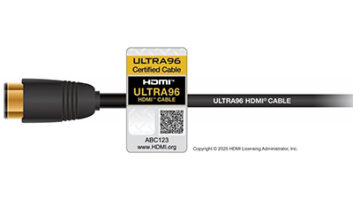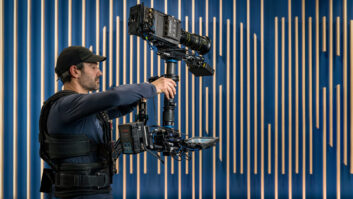Oscar-winning cinematographer Greig Fraser has revealed some of the technology he used to capture Denis Villeneuve’s Dune 2.
The film shot in locations such as Wadi Rum in Jordan and Budapest in Hungary, where ARRI Rental provided IMAX-certified cameras as well as lenses and grip equipment.
In an interview with ARRI Rental, Fraser revealed he decided to shoot the film entirely with spherical optics. From ARRI Rental, he chose re-housed 1980s Moviecams, combining them with re-housed Soviet-era glass supplied by IronGlass and some of his own lenses.

“I worked closely with Christoph Hoffsten at ARRI Rental in Germany to tune and detune optics,” said Fraser. “The Moviecams were pleasing and had good depth, as well as a really good range to choose from. They helped create the texture I wanted, and the Soviet glass was especially well suited to what we were doing; we used them all in harmony, effectively.”
Fraser wanted to texturise the image, and as Dune 2 was shot in full-frame large format with ALEXA LF and Mini LF cameras, Fraser wanted to “dirty the image up a bit”.
To achieve this, he used lenses from ARRI’s HEROES collection, designed to deliver extreme looks. “We had a 57 mm LOOK lens with Petzval glass where you can dial in your effect with a third lens ring, and a 50 mm T.ONE lens. They were incredible, although we didn’t end up using them as much as I’d intended because our focal lengths were more in the longer range, but I’m hoping to incorporate them on another movie, especially if ARRI Rental makes more of them.”
Another innovation used on Dune 2 was infrared cameras, which Fraser first employed a decade ago on Zero Dark Thirty. He decided to use the technology to shoot night scenes set on the planet Giedi Prime. “We’d been on this planet for night interiors in part one, but we’d never been outside, so we were discussing what it would look like,” explained Fraser. “I did a test for Denis where the inhabitants have very pale white skin, based on the notion that there’s no visible light from the sun on Giedi Prime, only infrared light. When the characters go from inside to outside, they effectively go from normal light to infrared light.”

Villeneuve and Fraser decided that the infrared images work best in black and white, and so opted to use ARRI’s native black-and-white ALEXA Monochrome cameras that can see into the infrared spectrum. However, not enough were available for the shoot, so the IR filters were removed from regular ALEXAs for the scenes, with Fraser adding a filter in front of the lens to block almost all visible light from the sensor. Colours were desaturated to monochrome for on-set monitoring and post production.






